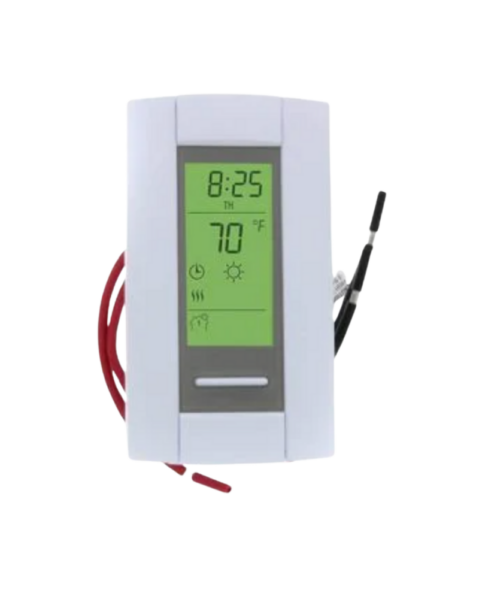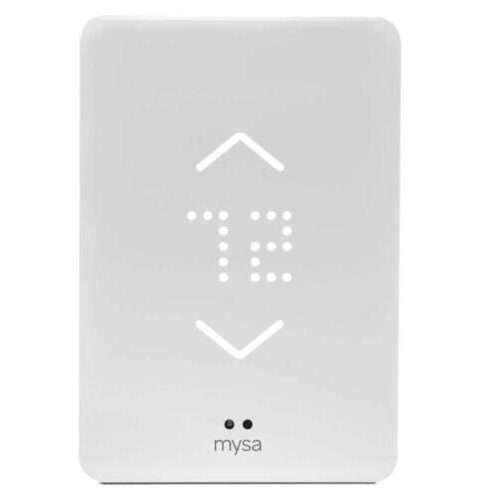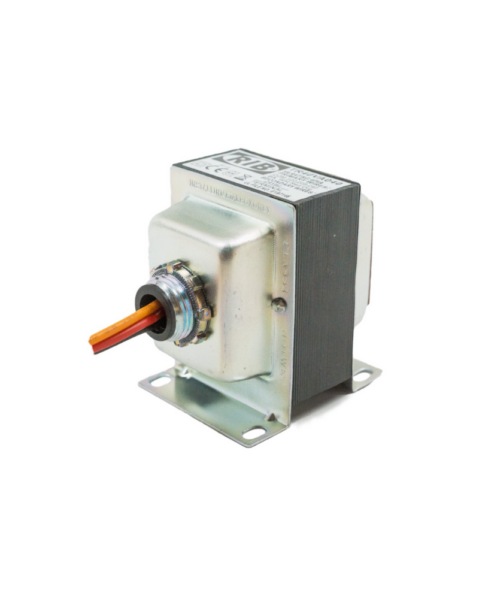Home Yoga Heating Solutions
We offer a range of home yoga heating products to suit your needs.
Home Yoga Heating Solutions
We offer a range of home yoga heating products to suit your needs.
Not sure where to start? Request a free consultation.
Benefits of our home yoga heating solutions
No Maintenance
Our infrared heaters have no moving parts and require no scheduled maintenance. If any issues arise, your home yoga heaters are fully warrantied against defects for up to 10 years. Compare this to a forced air system which can cost upwards of $5000 a year in maintenance alone.
Comprehensive Guides
Every product comes with detailed, easy-to-follow guides that walk you through planning, installation, and operation. Whether you're heating a single room or your entire home, our step-by-step resources make it simple. No guesswork, no jargon. Just clear instructions to help you get the most from your system from day one.
Customer Support
Questions before or after purchase? Our in-house support team is here to help. Calling us means you can talk it out with knowledgeable people who understand our products and your project. Whether you're a homeowner or contractor, you’ll get real answers, fast. It’s all part of the personal care we’re known for.
Resources
Heating
Guides
Clear, step-by-step guides to help you plan, install, and optimize your heating system whether you’re upgrading a single room or building a new energy-efficient home from scratch.
Health
Benefits
Learn how infrared yoga heating supports wellness by reducing airborne allergens, improving air quality, and providing gentle, sun-like warmth that helps relax muscles and ease chronic aches.
Cost
Comparison
Compare energy use, installation, and maintenance across popular residential heating systems. See how radiant heat stacks up and why it often costs less over time than conventional options.
Financing
Options
Explore flexible financing options to make your project more affordable. With fast approvals and low monthly payments, comfortable, energy-efficient home heating is within reach now.
Residential Heating Accessories
-
Programmable Yoga Thermostat – Low Voltage
$192.99 – $222.99Price range: $192.99 through $222.99
Frequently Asked Questions
For most homes, wall-mounted or ceiling-mounted infrared panels offer the best mix of efficiency, comfort, and aesthetics. They heat objects—not air—so rooms feel warm faster and stay cozy longer, without noisy fans or ductwork. They’re especially great for bedrooms, bathrooms, and basements.
- First, figure out your total watts, i.e. two 1,000 watt heater = 2,000 watts or 2 kilowatts.
- Second, confirm your electrical cost/kilowatt hour with your local utility or use electricity local
- Third, multiply the total kilowatts x the cost/kilowatt hour i.e. 2kw x $.13 (cost/kilowatt hour) = $.26 would be your hourly operating cost.
- Please note that total operating costs widely vary based on use, geography, weather, the building envelope, controls, and habits of the occupant(s).
- An infrared heater is an object with a higher temperature which transfers energy to a body with a lower temperature through electromagnetic radiation, generally within a wavelength of 7-12 microns. The heat is a product of a completely safe spectrum of light that is invisible to our eyes.
- NOTE: Our body gives off heat at a wavelength of around 12 microns and our IR heaters emit a wavelength of 7-12 microns, therefore the body easily absorbs the heat in this wavelength, which easily heats water molecules (the human body is made up of ~60% water), and penetrates well below the skin, which is optimal for heating people at room temperature or hot yoga enthusiast alike!
- Just as the sun heats us our products radiate sun-like warmth to indoor or outdoor spaces, floors, furniture, and most importantly, people.
- The Infrared Spectrum: Think of infrared light being on a spectrum from short wave to long wave, and visible light/temperature. The shorter the wave, the higher the temperature, the longer the wave, the lower the temperature.
Short wave infrared: The sun, which has a surface temperature of 10,000F, visible to the naked eye.
Medium wave infrared: A good example of this is our quartz heaters which have a faint glow and a maximum surface temperature of ~900F.
Longwave infrared: The remainder of our infrared heaters, for indoor applications (non-glowing) fall into this category, with a surface temperature range of 170-425F.
Infrared heating is often more energy-efficient than baseboard units, especially in larger or open spaces. It distributes warmth evenly, uses less electricity, and eliminates cold zones. Plus, infrared panels take up less space and typically last longer with no required maintenance.
Yes—many homeowners install infrared panels themselves with our easy-to-follow guides. Panels mount to ceilings or walls and plug into standard outlets or can be hardwired. For larger systems, we recommend consulting an electrician to ensure proper load and placement.
It can. Unlike forced air systems, infrared heat doesn’t circulate dust, allergens, or dry out the air. It’s a clean and silent form of heat that can support a healthier indoor environment—especially for those with allergies, asthma, or respiratory sensitivities.
Both are radiant heat systems, but infrared panels warm rooms faster and are easier to install. Floor systems require construction or renovation, while panels can be mounted to walls or ceilings with minimal disruption. Panels also offer quicker response times and flexible zoning.










